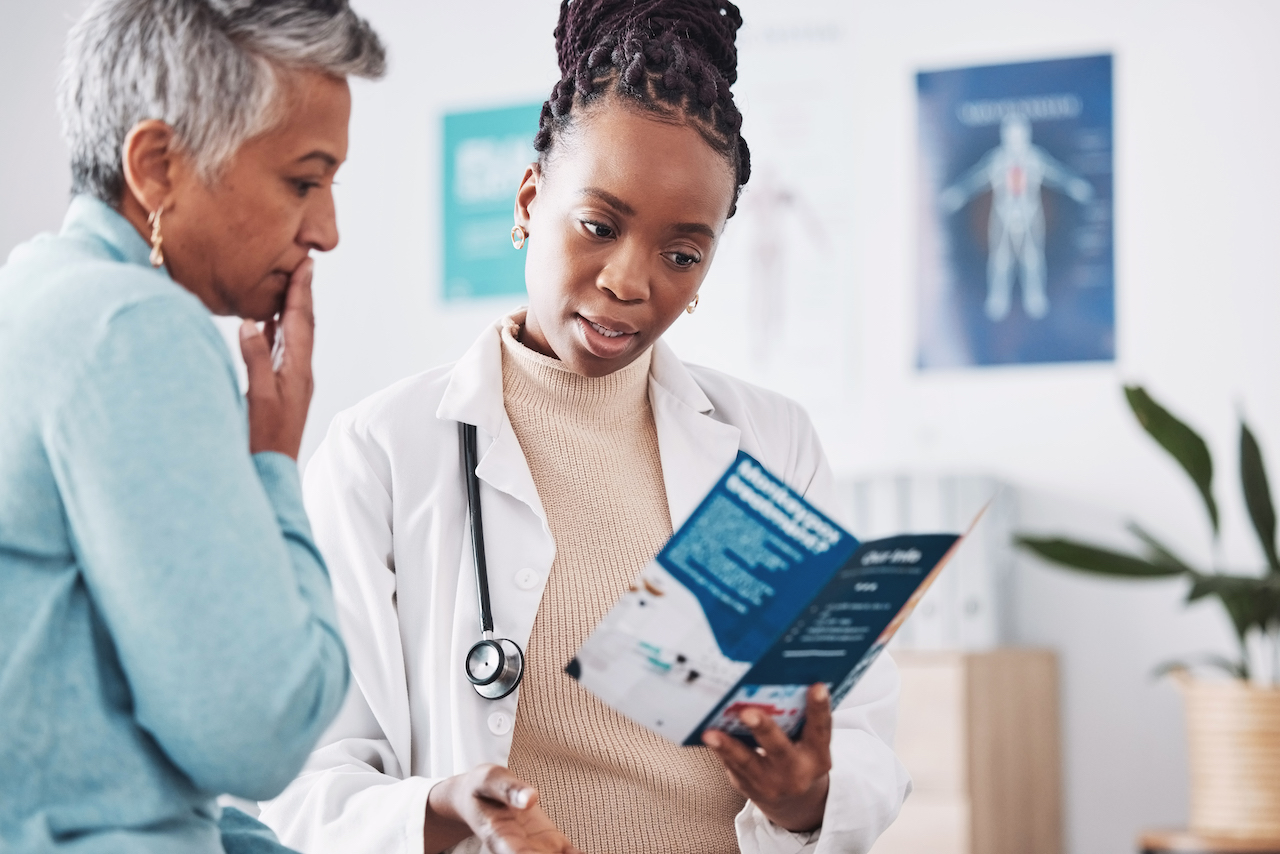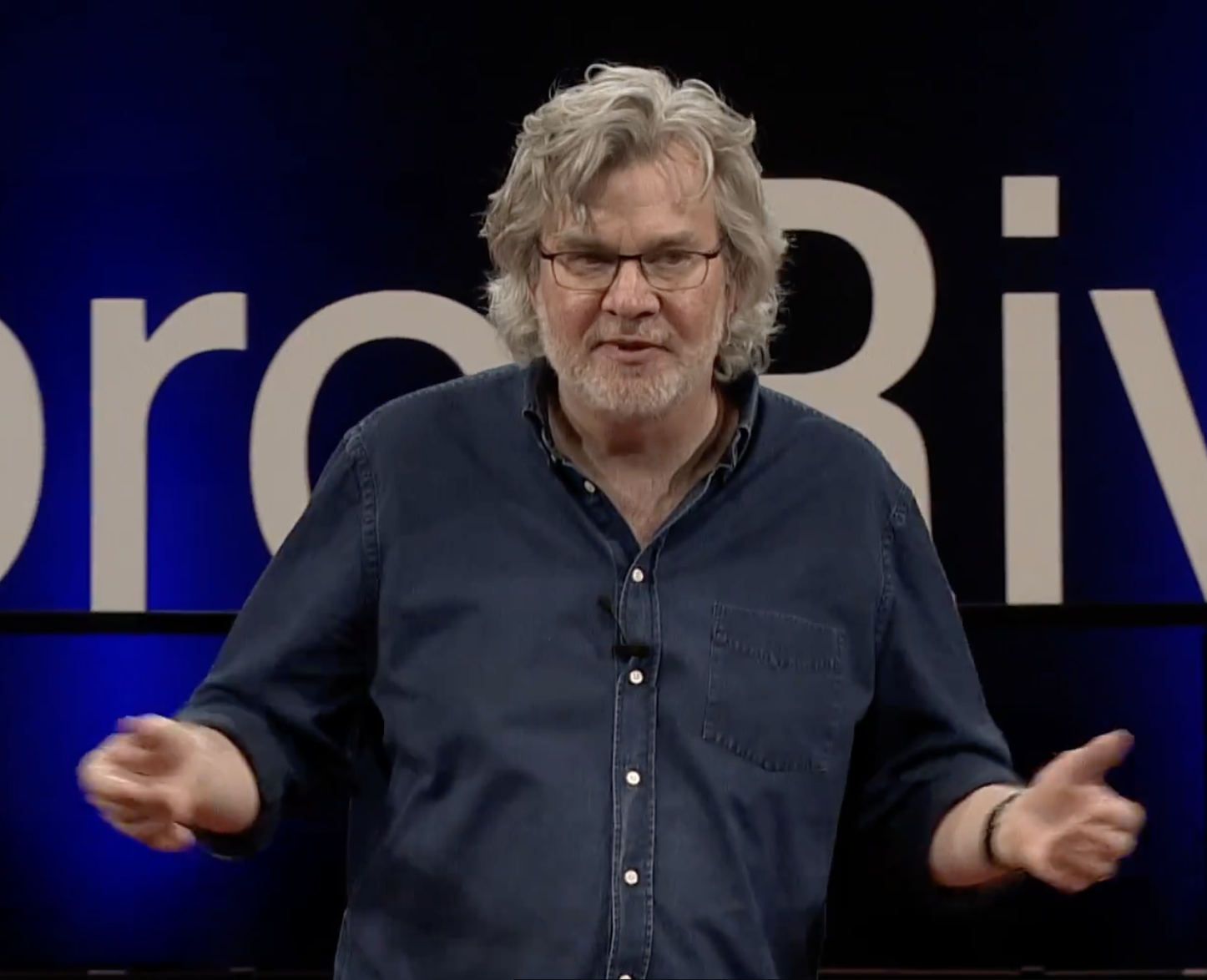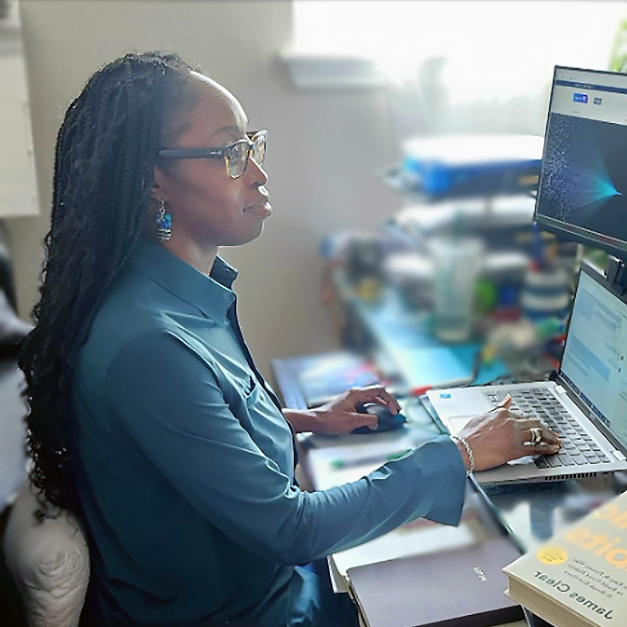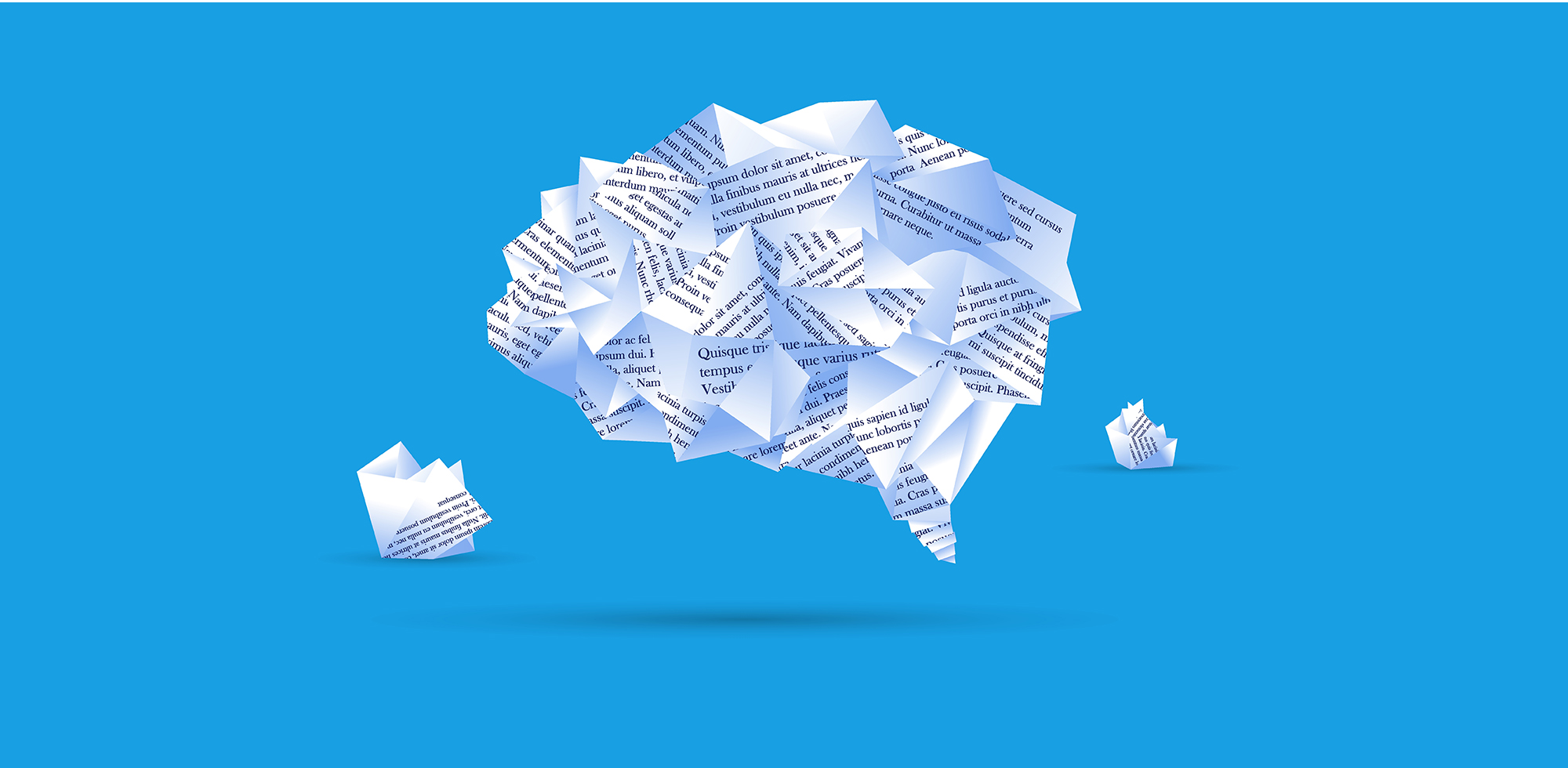Never in human history has the quantity of health information available to the public been as pervasive and as complex as it is today.
From healthcare professionals providing elaborate courses of care to dinner-table advice from family members, the deluge of health-related information demanding our attention continues to grow as it encompasses pharmaceutical advertisements, intricate consent forms, and—most of all—the infinity of perspectives offered up by the internet. The importance of developing effective and rigorous strategies for health communication is greater than ever.
At a time when a patient-centered approach to medicine advocates shared decision-making between patient and caregiver, this wealth of information holds out the promise to level the playing field and empower individuals to make informed decisions about their own care. Too often, however, information overload leads to confusion and indecision.
In fact, a recent study found that 36 percent of US adults have basic or below-basic health literacy, defined as the ability individuals have to make informed health decisions both in and outside clinical settings. One study called low health literacy “one of the most pervasive yet underappreciated issues in contemporary healthcare.”
Researchers Unite
Responding to this challenge, the fields of health literacy and health communications have joined hands with educators, health service providers, and social and cultural scientists to better understand and measure the consequences and causes of low health literacy.
What they’ve discovered is that low health literacy leads to a wide array of health disadvantages, including increased hospitalizations and trips to emergency care, lower ability to interpret labels and health messages, and ultimately poorer health status and higher healthcare costs overall.
While closely tied to socioeconomic status and educational attainment, health literacy extends beyond just a proficiency in reading, writing, and numeracy. It also encompasses image interpretation, oral communication, and basic proficiency with many of the most advanced technologies being used today. Researchers have also emphasized that health literacy is more than just a matter of intellectual comprehension. It includes a broad range of social skills that impact and are impacted by the broader social and cultural context in which individuals live and assess their health.
Each of these separate components informs an individual’s ability to evaluate treatment options and navigate the administrative components of healthcare as they use health-related information. In short, without health literacy, individuals and families lack the knowledge, skills, and confidence to engage in their care in empowered ways.
What Can Be Done?
Rather than viewing health literacy as a risk factor for poorer health outcomes, health literacy can be viewed as an asset that can empower individuals, families, and communities by giving them the ability to take greater control of their health. From this perspective, healthcare communication plays a pivotal role in improving health literacy by making health information more accessible, understandable, and actionable for individuals.
Curiously, while the challenges faced by low health literate patients have become better known, it’s healthcare providers who now lag both in their awareness of the prevalence of low health literacy and in effective strategies to address it. One study found that, while 76 percent of the surveyed healthcare providers confronted one or more challenges each week with low health literate patients, a significant proportion did little to adapt their communication styles to their patients’ low health literacy skills.
Here are three broad strategies, rooted in health literacy and healthcare communications research, for improving health-related knowledge and information conveyance to the general public.
1. Keep it simple and consistent
Presenting health information using plain, jargon free, non-medical language helps break down complex health concepts into understandable terms. This is particularly important in verbal explanations, written materials, and digital content. Successful interventions to enhance medical communication have also focused on visual aids, diagrams, and interactive demonstrations that can make health information more accessible and easier to understand.
2. Tailor communications to a specific audience
Public health campaigns that focus on key health literacy concepts can raise awareness and knowledge in the general population. Research shows that when the communication style and content are adapted to suit different audiences—such as children, older adults, or those with specific health conditions—patients are more informed and able to take greater part in their healthcare decisions.
3. Seek out ways to enhance your communication skills
Additional training for healthcare professionals in effective communication skills, including how to explain complex health concepts in simple terms, is another strategy that will significantly improve patient understanding and health literacy. Whether this training takes place on-site or through externally offered training or certificate programs—which in turn could serve to build additional skill sets—the additional understanding that the healthcare providers bring to their communications with patients fosters a more personalized and relevant exchange. The result leads to a more patient-centered approach focused on the patient’s specific needs, concerns, and circumstances.
Seeking a Fruitful Dialogue
If shared decision-making is touted as an essential component of today’s patient-centered approach to healthcare, successful patient–provider communication still rests on a basic quotient of health literacy. From ensuring health services are user-friendly and accessible—both online and off—to making communications culturally sensitive and available in multiple languages, patients need to be able to understand their diagnosis and process medical information to make informed decisions about their healthcare.
The more awareness healthcare providers have of the challenges of providing effective care to patients, the more fruitful their back-and-forth engagements will be. In closing, it’s worth highlighting a few methods that have been devised explicitly for that purpose:
- Active listening can help providers better understand patient concerns, clarify misunderstandings, and tailor their communication to the patient’s level of understanding.
- Techniques like the teach-back method, which has patients repeat back information in their own words, help ensure understanding and give providers an opportunity to clarify or re-explain as necessary.
- Encouraging patients to ask questions and provide feedback can create a more interactive and engaging learning environment.
Writing Skills to Improve Medical Literacy
Crucial for enhancing medical literacy, healthcare writing is an expanding field that impacts pharmaceutical companies, government agencies, healthcare marketers, grant writers, and more. Expertise at crafting and refining healthcare communications demands specialized skills and deep industry insight. Professional development in healthcare writing empowers individuals to advance or shift their careers, benefiting healthcare professionals, medical writers, marketers, health educators, journalists, and many others. This growing domain supports the dissemination of accurate health information and promotes informed decision-making across the healthcare spectrum.
In response to the growing needs in this field, the University of Chicago is offering the Medical Writing and Editing Training (MWET) certificate. The program includes five core courses and a writing concentration in Patient Education, Healthcare Advertising, or Regulatory Writing, with an optional additional regulatory course for a specialized microcertificate designation. Standalone courses are also available, including Medline and Beyond: Medical Research Databases and Freelancing in Medical Writing and Editing.
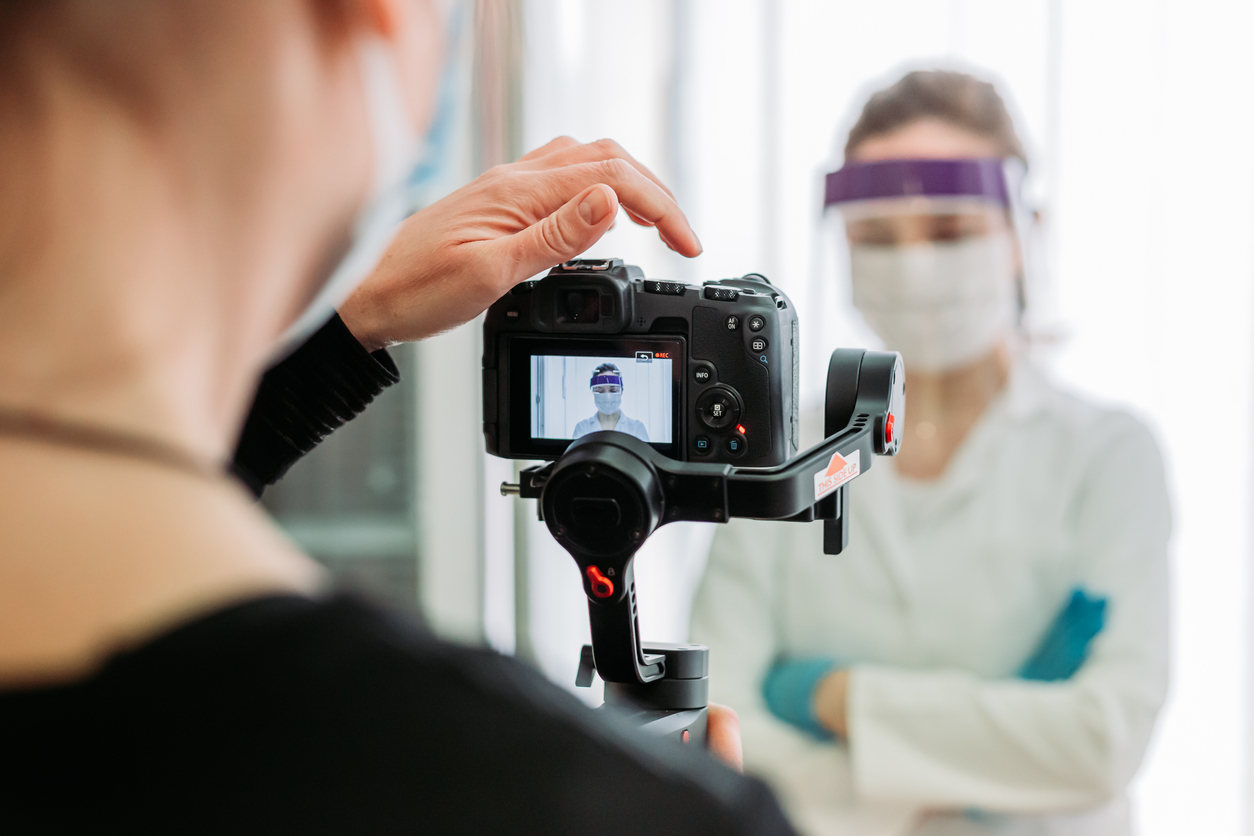
Build Your Career in Health Communications
Earn an online certificate in Healthcare Communications from a top-ranked research university. Learn from leaders in the field. Study online, full- or part-time. Join the UChicago community and experience the difference.
Explore Further